It’s probably safe to assume that Ezekiel Elliott isn’t coming back to Dallas this year. (Now watch, Jerry Jones reads this and re-signs him just for spite.)
Which means the Cowboys are going to go into the 2023 season with a backfield of: Tony Pollard, Ronald Jones, Deuce Vaughn, Malik Davis, and Hunter Luepke.
Reports surrounding Pollard’s recovery from surgery have been promising. He should be ready to go by the time camp opens.
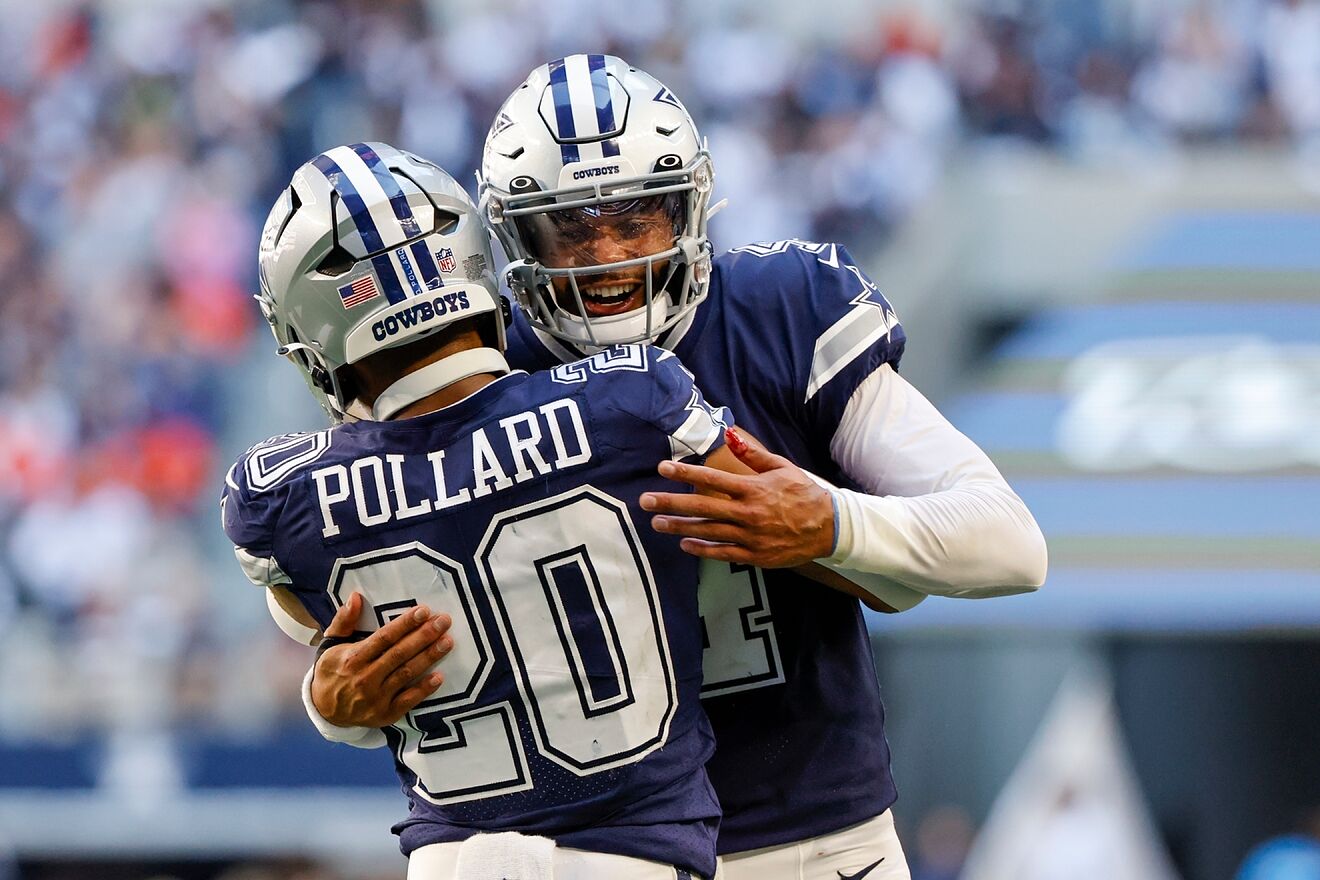
But despite this there have been calls to bring back Elliott. A recent video made the rounds purporting to show Elliott moving like he’s a man who discovered the Fountain of Youth.
The experienced eye sees otherwise. Barring a catastrophic injury on an NFL roster, Elliott will be watching NFL games at home on TV like the rest of us this year.
The Vikings are open to trading away their former top running back, Dalvin Cook. Don’t expect him to arrive in Frisco anytime soon.
In fact, it will be surprising if Cook plays anywhere else besides Minnesota in 2023. The trade rumors to Miami notwithstanding.
A 1975-76 Redux In Dallas?
So it would appear that the Cowboys offensive backfield is set. And the surprise of the group this year might be Luepke. Especially if you consider the 1975 and 1976 seasons for Dallas.
During the first half of the 1970s, the Cowboys top running backs were Duane Thomas and Calvin Hill. After Thomas departed, Hill led the team in rushing for three straight seasons (1972-74).

But Hill bolted the NFL for the ill-fated World Football League’s Hawaiians for the 1975 season. He returned to the NFL in 1976 but played in Washington and was never the same player.
Hill’s departure/defection left the Cowboys in a lurch in the backfield. They were still two years away from drafting Tony Dorsett and Walt Garrison, the third-leading rusher on the team in 1974, had retired.
This left Dallas with a backfield of running backs Preston Pearson, Doug Dennison, Charley Young and Scott Laidlaw. The team’s lone fullback that year was Robert Newhouse.
And A Fullback Shall Lead Them
Newhouse would end up leading the team in carries (209) and yards (930). He would catch 34 passes for 275 yards as well.
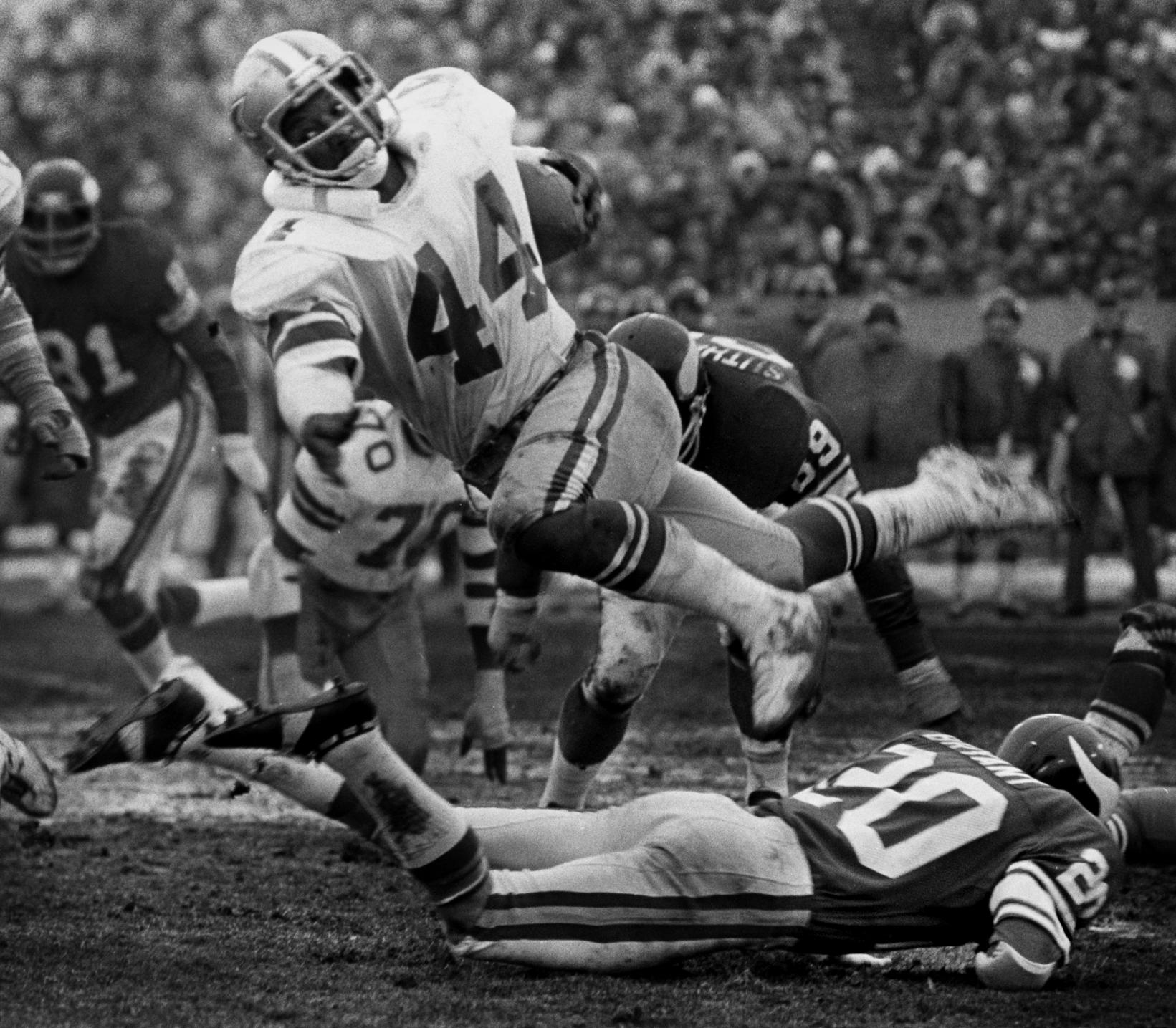
Pearson would rush for 509 yards and Dennison would add 383 yards and led the team with seven rushing touchdowns.
Oh, and the Cowboys also had a mobile quarterback who chipped in 316 yards and four touchdowns. Some guy named Roger Staubach.
And this misfit backfield only managed to carry the Dallas Cowboys to a 10-4 record and all the way to Super Bowl X that season. Yes, they lost 21-17 to the Steelers but at least they played in the Super Bowl.
When was the last time a Cowboys’ team made it that far into the postseason again?
That same group led Dallas to an 11-3 mark, but fell to the Rams in the Divisional round of the playoffs, in 1976.
It was a running back by committee approach without a truly dominant running back. But it worked.
Will The Formula Work 50 Years Later?
It could work again, especially if Pollard can be counted on for 100 yard games. He piled up 1,007 yards in 15 games in 2002, but only started in four of them.
With Pollard as the primary, and the others backing him up and playing certain roles, Dallas could have a scary running game in 2023.
As for Luepke, like Newhouse, he’s listed as a fullback. Newhouse was 5-10 and 209 pounds. Two inches shorter but the same weight as Pollard.
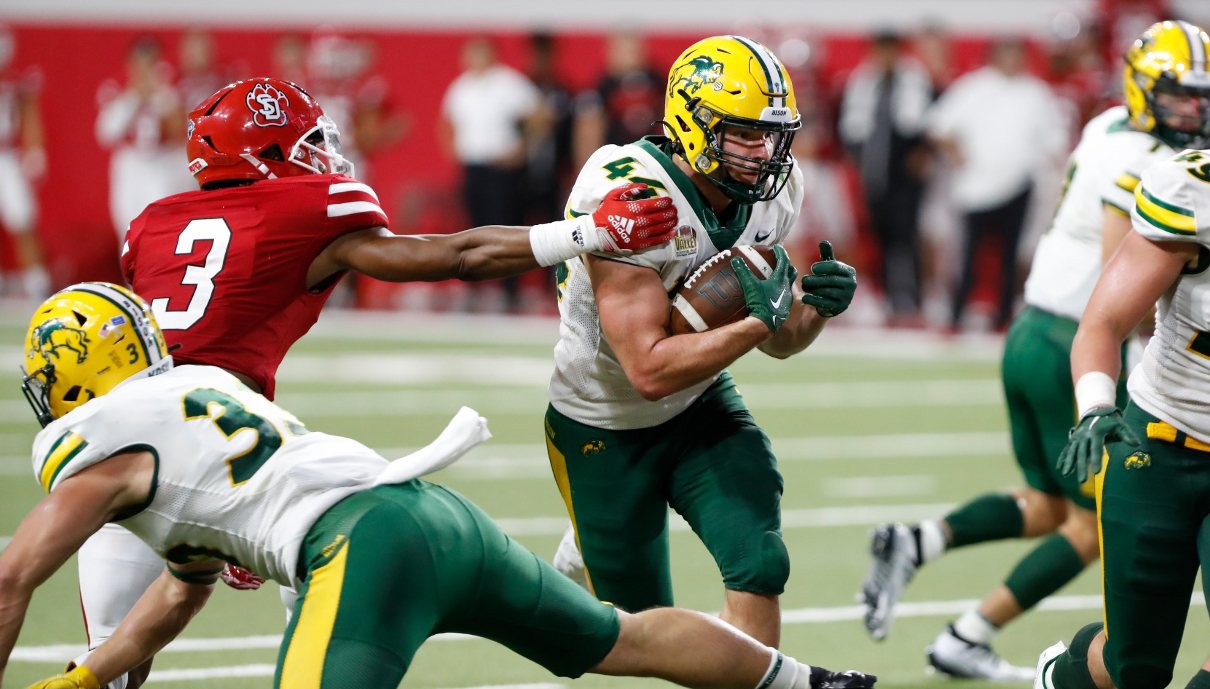
Luepke is 6-1 and 234 pounds. He runs like a halfback. In his senior year at North Dakota State he averaged 6.34 yards a carry and nearly one touchdown a game.
A fullback as the Cowboys leading rusher? It clearly worked for two years in the 1970s.
It might just work again, especially if Mike McCarthy is serious about getting back to the running game and the Cowboys can field a dominating defense in 2023.
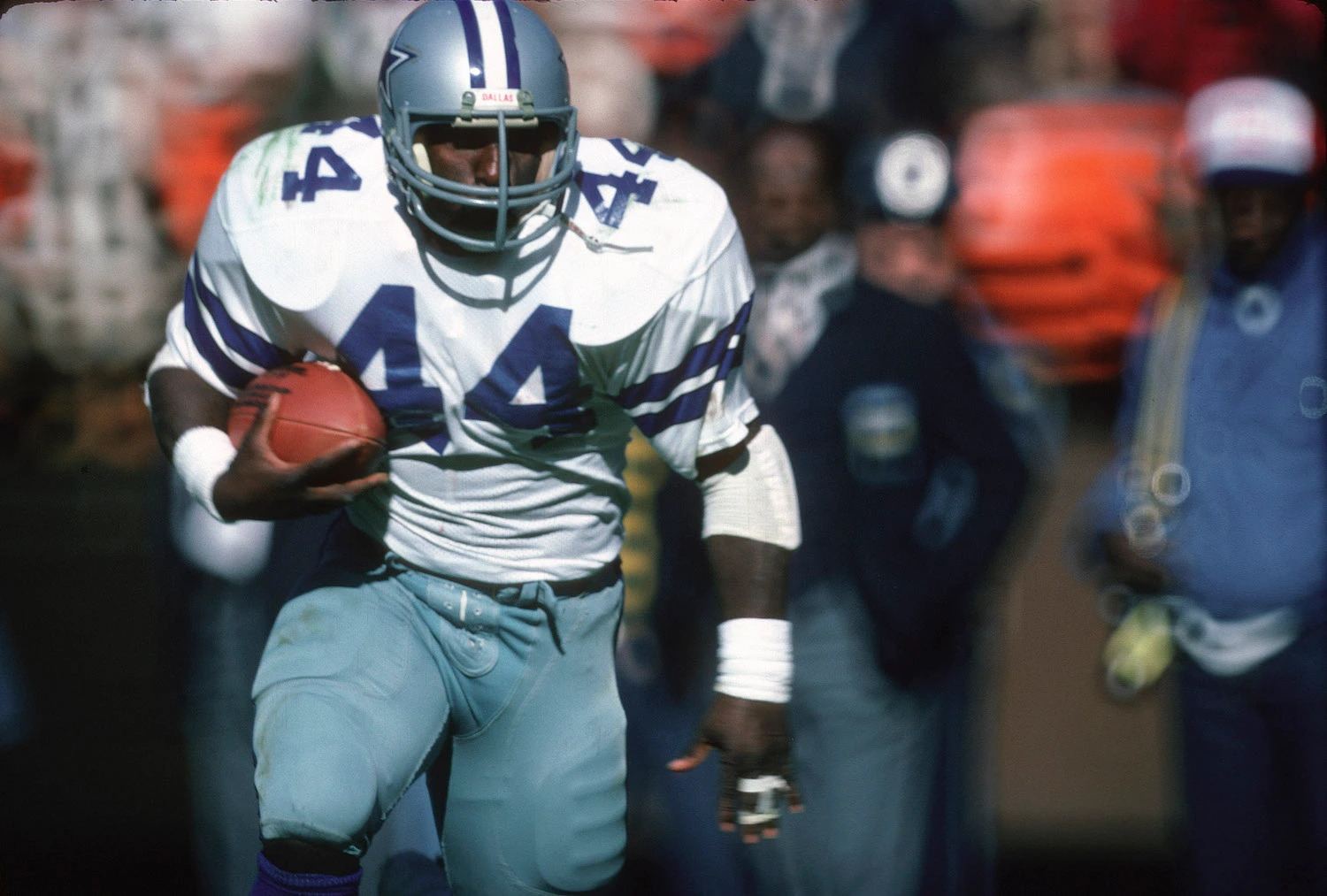


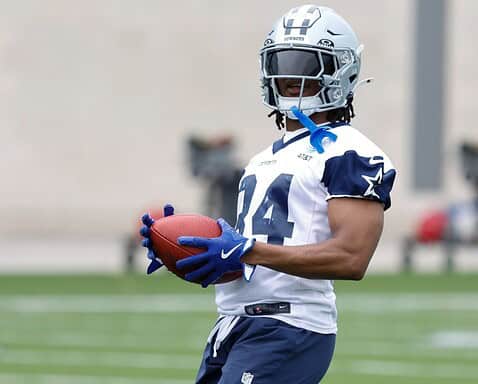




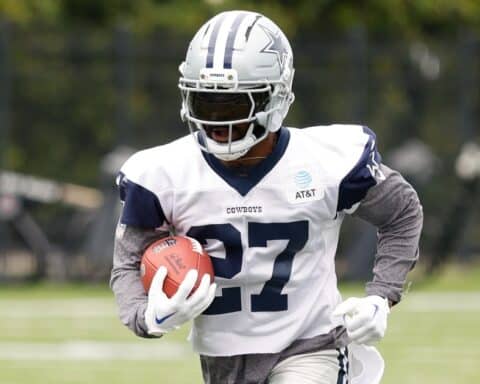
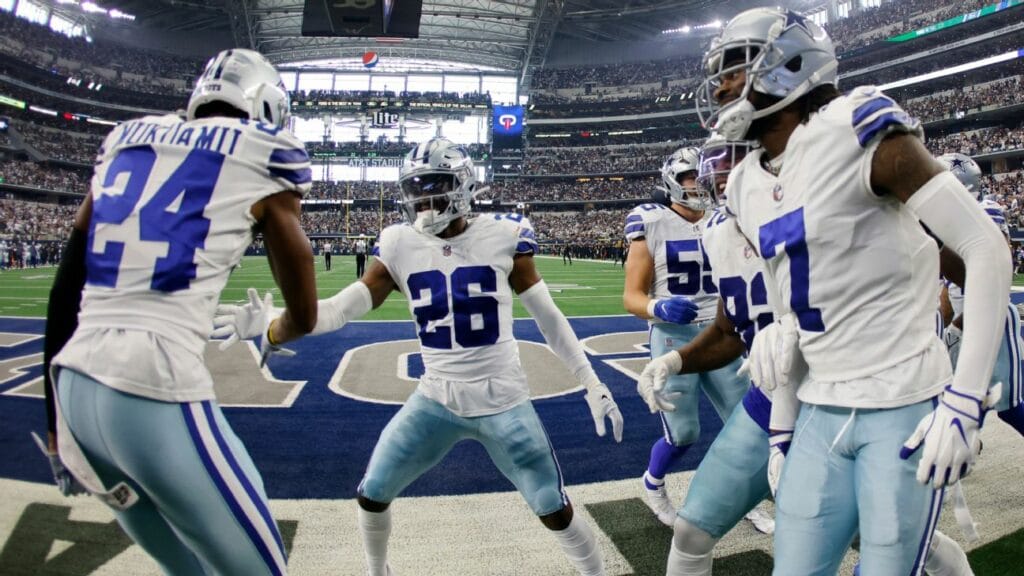
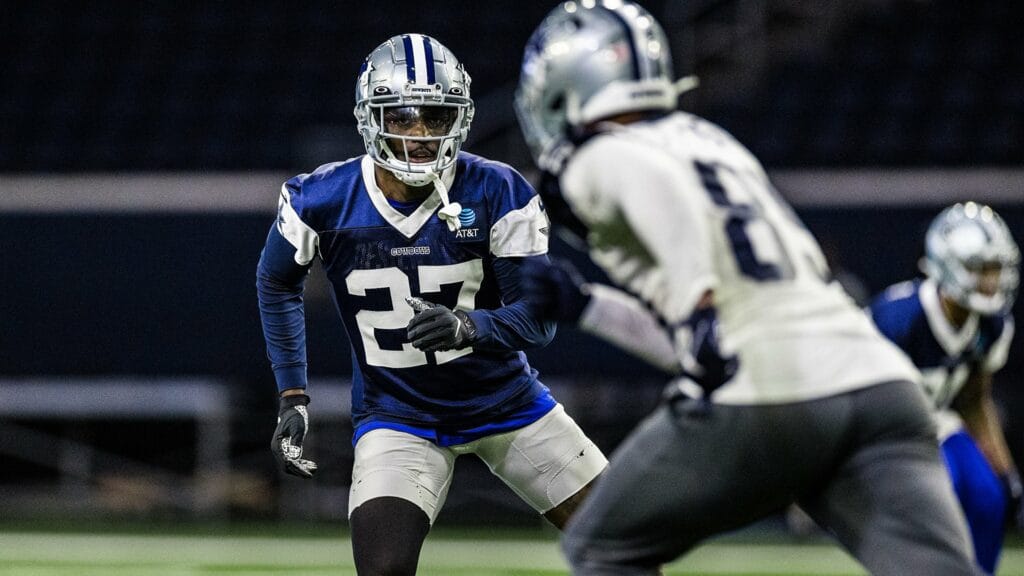
Love the FB leading for Pollard. Smart move to keep the initial hits off Pollard.
Terrible “journalism”
Pretty sure Robert Newhouse is dead.
Robert Newhouse ‘ Thunder Thighs” was a good player for our Cowboys
Bowling Ball
Super Bowl Bound
I sure hope it’s not going to be Ezekiel Elliott
Pollard is coming back from an injury and is prone to injury for this season…smart idea to start looking to add another RB.
The only way Zeke gets back on the team is if Pollard gets hurt and eme has not signed to another team. Otherwise, thank you for your service Zeke and good luck.
Like, they are going to bring Robert Newhouse back instead ???
One of my favorite Cowboy of all time.
You forgot Rico Dowdle
Jones has no loyalty to anything but MONEY!!!
Glenda Barron it’s a business
For the first time I could say in a long time I’m realy excited and looking forward to this season new players in in areas needed… finaly.. Go Cowboys!!!
Still won’t make the playoffs
Kevin Nabors
Lol
Your obviously delusional
This unit has gone 24-10 over the last two seasons and their key young players Parsons, Diggs and Lamb are all Pro bowl talents
It’s about time
With 2023 season approaching.What team should sign Zeke ? Jets?
EZEKIEL IS NOT WORTH THE HEADACHE & IM NOT EVEN A COWBOY FAN , HE SHOULD OF BEEN GONE 2 YEARS AGO
Hope so
Robert Newhouse was a great football player and so AMAZING to watch!!!❤️
I hope the running back by committee works. Worth a try, I guess.
Zek would make a great fullback for a couple of years he can definitely pick up a blitz it’s all he did the last few years